art SpaceX Falcon 9 landing burn
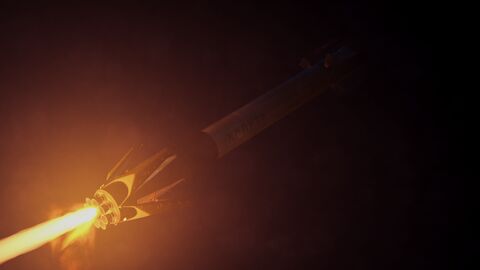

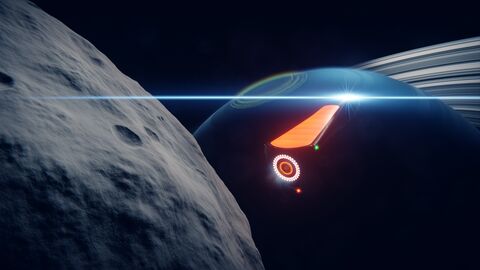
This piece shows the Xon Wasp general-purpose atmosphere-capable jump ship as it travels from Venalis Station to a nearby mining outpost. To conserve fuel, the jump drive isn’t engaged for short moon-to-moon hops like this one. Instead, the trip is performed entirely in normal space, where efficient maneuvers make a real difference.
Read more (4 min)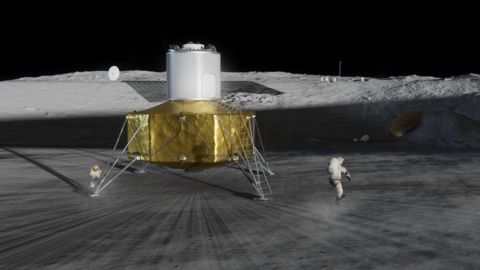
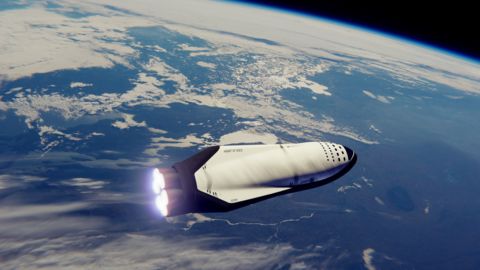
This piece shows the SpaceX Interplanetary Transportation System Mars lander performing the trans-Mars injection burn that marks the beginning of its coast to Mars.
Read more (3 min)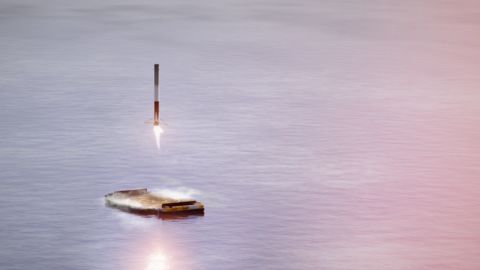
My rendition of a Falcon 9 booster landing on Of Course I Still Love You, SpaceX’s East coast droneship. This is a triple-engine landing burn; while SpaceX hasn’t performed a triple-engine landing burn since JCSAT-16, very heavy GTO payloads at the edge of Falcon 9’s capability may require triple-engine landing burns in the future.
Read more (1 min)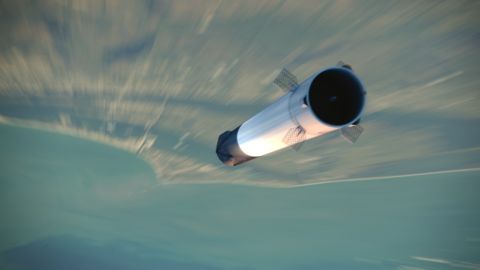
My rendition of a Falcon 9 booster returning to Earth after a launch. The four grid fins are guiding it towards its landing pad as it hurtles downwards at supersonic velocities.
In this image, the Falcon 9 is at about 40km in altitude (with entry burn shutdown having occured seconds earlier) and is less than thirty seconds from the start of the landing burn.
Read more (1 min)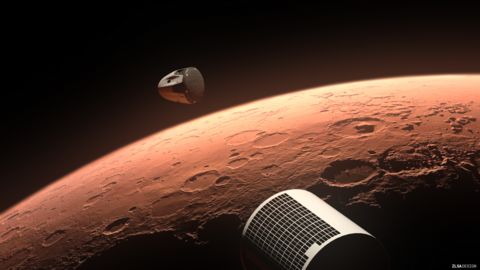
My rendition of the Red Dragon capsule as it deploys its trunk in preparation for atmospheric entry, just minutes away.
Launching on a Falcon Heavy from LC-39A at Cape Canaveral no earlier than 2020, the Red Dragon missions will demonstrate powered landings on the Red Planet.